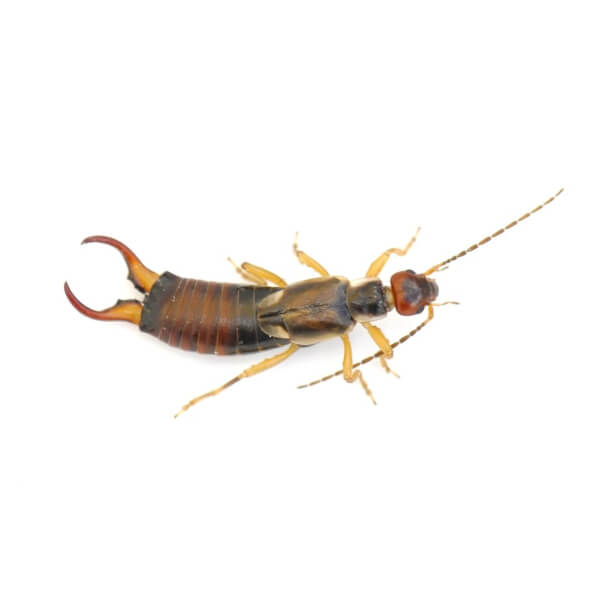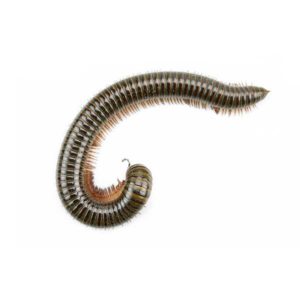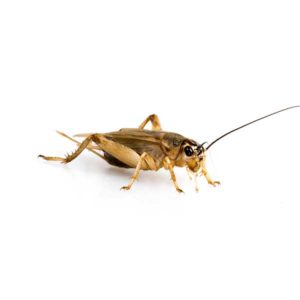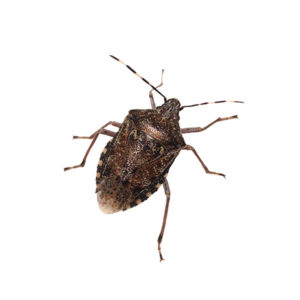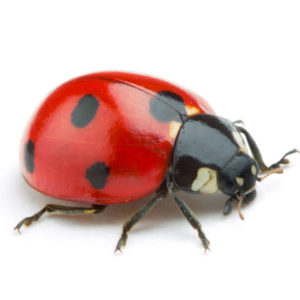Earwigs in Anaheim
Earwigs got their name because of an old wive’s tail that they intentionally crawl into people’s ears while they sleep and dig into their brains. However, while earwigs prefer dark and damp spots, they don’t actually do this at night. Instead, they spend their time looking for insects and plants to eat. Earwigs also usually stay outdoors, though they may seek shelter indoors if the weather is too dry, hot, or cold.
Earwig Habitat
Earwigs are most common in southern and southeastern regions of the United States. These insects have a diverse diet and will consume both plants and small creatures. They munch on leaves, fruits, and fungi in addition to insects that they catch with their pincer-like cerci. During the day, earwigs like to hide under things like logs, rocks, or weeds. Near homes, you can spot them in damp spots like cracks around swimming pools, mulch in flower beds, and beneath potted plants. Inside homes, they tend to gather in the folds of cardboard boxes, as well as in kitchens and bathrooms.
Earwig Behaviors, Threats, or Dangers
Earwigs won’t bite you or spread diseases, but they can give you a little pinch. These pinches might hurt a bit, though they usually don’t break the skin. Mostly, earwigs are seen as annoying pests in the spring and summer. In gardens, they might munch on leaves and flowers, creating irregular holes in your plants. Earwigs can also get into homes through gaps and cracks in the walls and foundation.
If you have too many earwigs around and want to get rid of them quickly, call your local insect control experts for help.

